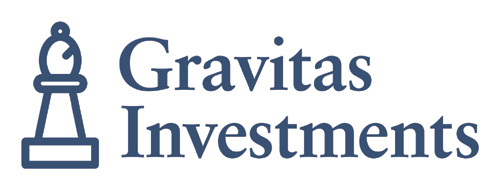August 21, 2017
We’d like to share the following from Advisor.ca:
WORKING CLIENTS
- Maximum RRSP contribution: The maximum contribution for 2016 is $25,370; for 2017, $26,010.
- TFSA limit: The annual limit for 2017 is $5,500, for a total of $52,000 in room available in 2017 for someone who has never contributed and has been eligible for the TFSA since its introduction in 2009. The annual TFSA limit will be indexed to inflation in future years.
- Maximum pensionable earnings: For 2016, the maximum pensionable earnings is $54,900, and the basic exemption amount is $3,500. And, for 2017, maximum pensionable earnings under the Canada Pension Plan will be $55,300, while the basic exemption amount will remain the same.
- Maximum EI insurable earnings: The maximum annual insurance earnings (federal) for 2016 is $50,800; for 2017, $51,300.
- Lifetime capital gains exemption: The lifetime capital gains exemption is $824,176 in 2016 and $835,716 for 2017.
- Low-interest loans: The current family loan rate is 1%.
- Home buyers’ amount: Did your client buy a home? He or she may be able to claim up to $5,000 of the purchase cost, and get a non-refundable tax credit of up to $750.
- Medical expenses threshold: For the 2016 tax year, the maximum is 3% of net income or $2,237, whichever is less. For 2017, the max is 3% or $2,268, whichever is less.
- Donation tax credits: After March 20, 2013, the first-time donor super credit is 25% for up to $1,000 in donations, for one tax year between 2013 and 2017.
- Basic personal amount: For 2016, it’s $11,474, line 300. For 2017, it’s $11,635.
OLDER CLIENTS
- Age amount: Clients can claim this amount if they were 65 years of age or older on December 31 of the taxation year and have income less than $83,427 in 2016 or $84,597 in 2017. The maximum amount they can claim in 2016 is $7,125, and in 2017 is $7,225.
- Pension income amount: Clients may be able to claim up to $2,000 if they reported eligible pension, superannuation or annuity payments.
- OAS recovery threshold: If your client’s net world income exceeds $73,756 for 2016 and $74,788 for 2017, he or she may have to repay part of or the entire OAS pension.
CLIENTS WITH CHILDREN
- Children’s fitness tax credit: This credit is being phased out, and will be gone as of 2017. If your client’s children played baseball, soccer, or participated in some other program of physical activity, clients may be able to claim up to $500 in 2016 ($0 in 2017), per child, of the cost of these programs. Until 2017, clients can claim an additional $500 for each eligible child who qualifies for the disability amount and for whom they’ve paid at least $100 in registration or membership fees for an eligible program. As of 2015, this is a refundable credit.
- Children’s arts tax credit: This credit is being phased out, and will be gone as of 2017. If clients’ children participated in a program of artistic, cultural, recreational, or developmental activity such as tutoring, clients may be able to claim up to $250 of the fees paid, per child, on these programs in 2016 ($0 in 2017). Until 2017, clients can claim an additional $500 for each eligible child who qualifies for the disability amount and for whom they’ve paid at least $100 in registration or membership fees for an eligible program.
- Family caregiver amount: If you have a dependant who’s physically or mentally impaired, you may be able to claim up to an additional $2,121 in calculating certain non-refundable tax credits.
- Disability amount: The amount for 2017 is $8,113 (non-refundable credit; $8,001 in 2016), with a supplement up to $4,733 for those under 18 (the amount is reduced if child care expenses are claimed; $4,667 in 2016). Canadians claiming the disability tax credit (DTC) can file their T1 return online regardless of whether or not their Form T2201, Disability Tax Credit Certificate has been submitted to CRA for that tax year.
- Child disability benefit: The child disability benefit is a tax-free benefit of up to $2,730 (2016) for families who care for a child under age 18 with a severe and prolonged impairment in physical or mental functions.
- Canada Child Benefit: This non-taxable benefit is effective as of July 1, 2016. The maximum CCB benefit is $6,400 per child under age six and up to $5,400 per child aged six through 17. More here.
- Universal child care benefit (UCCB): This benefit was replaced with the Canada Child Benefit as of July 1, 2016. However, Canadian residents can still apply for previous years if they meet certain conditions, including living with the child and being primarily responsible for the child’s care and upbringing.
- Child care expense deduction limits: The maximum amounts that can be claimed are $8,000 for children under age seven, $5,000 for children aged seven through 16, and $11,000 for children who are eligible for the disability tax credit.
